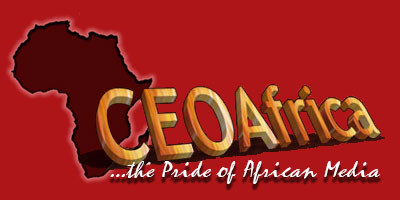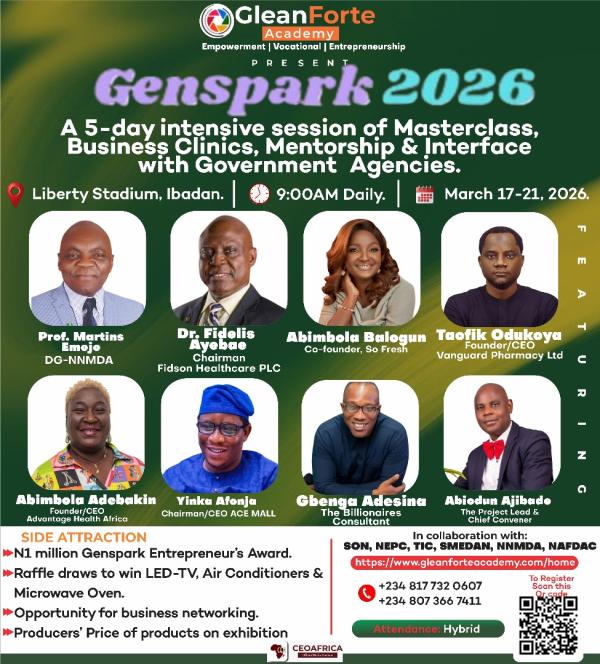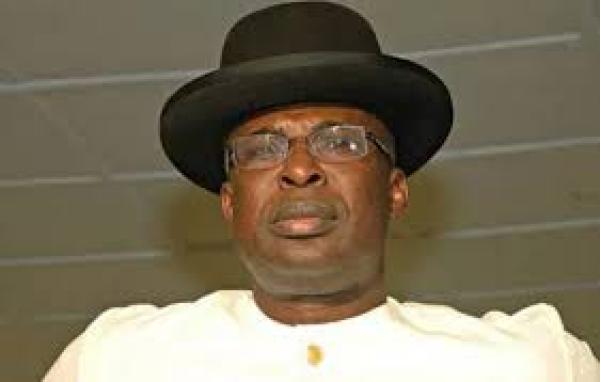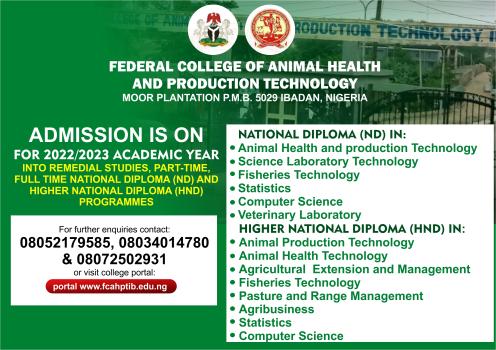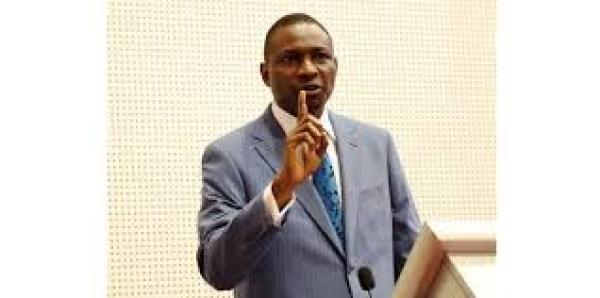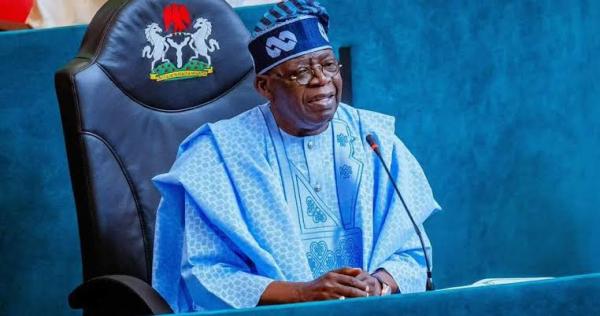
Nigeria has been entrapped by subsidy since 2011 when the Federal government envisioned the idea of subsidy removal. The regime of subsidy on petroleum products had been fraught with dishonesty or fraud as the case may be.
The argument had been whether Nigeria should jettison the subsidy scheme which had become a tube to siphon funds from the Nigerian commonwealth.
Between 2006 and 2014, over N7 .5trillion was paid out as subsidy claims by the Federal Government.
Funds for infrastructural and human capital development have been frittered on the utter of subsidy claims and payments to less than 40 corporate citizens in Nigeria.
As the administration of Muhammadu Buhari took office yesterday with enthusiasm, it is expected that this issue be addressed head-on for overall benefit of the Nigerian people
WHAT IS SUBSIDY?
Subsidy in economics is the money paid by a government or an organization to reduce the cost of services of producing goods so that their prices can be kept low. It is to reduce the market price of an item below the cost of production. It is also called subvention.
It is economic benefit (such as tax allowance, or duty rebate), or financial aid (such as cash grant or soft loan), provided by government to support a desirable activity (such as exports) to keep prices of staples low, maintain the income of producers of critical or strategic products, maintain employment levels or induce investment or reduce unemployment.
Subsidy anywhere is a cushion; to enhance the welfare and wellbeing of the people. We have subsidy all over the world; both in the more developed and least developed countries. In the more developed countries like the United States, UK and other EU countries, China, all have subsidies in one form or the other for her citizens.
FOR SUBSIDY IN THE US
The Weatherization Assistance Programme of President Jimmy Carter in 1977 has reduced heating bills for more than 5.5 million low income American families by 31 percent. That is subsidy.
Subsidies in the United States range from tax credit to free parking, registration, special lane use or cash. The United States offer consumer subsidies to purchasers of hybrid and electric cars. Drivers get up to $7500 credit. Automobile companies like GM, Ford and Chrysler have been encouraged through subsidies to produce and sell E85 (Flexible fuel) Vehicles that run on gasoline (85 percent) and ethanol (15 percent) blends.
Nearly 10 million flex fuel vehicles have been sold and the government has tax credit as subsidy for producers and users. Corn farmers in the Mid-west states are being encouraged to produce more for the ethanol content of Flex fuel/E85. Agriculture in the US is highly subsidized to encourage farmers and also to reduce the cost of farm produce for her people.
In Canada, subsidy for the use of Electric vehicles attract 8600 dollars subsidy.
IN THE UK
One must point out this fact that the UK, housing, education, health and transportation are subsidized for her citizens. The various council flats and mortgages are to protect the people. The UK government in her recent immigration laws made sure that citizens are protected. If you are an immigrant for the purpose education, you are not allowed to seek employment. This is to reduce the level unemployment for her citizens. Drivers are to get 5000 pounds electric car subsidy from government if they buy electric cars. That is subsidy.
SUBSIDY ON PLUG IN ELECTRIC VEHICLESIN EUROPE
In Europe, the need to reduce the use of liquid fossil fuels has made the various governments especially the Organisation for Economic Cooperation and Development (OECD) members to subsidise the use of Plug in electric vehicles. In France subsidy is up to 2000 euros and free parking; Germany-exemption from annual circulation tax for five years; Italy-75 percent reduction of tax rate; Spain-6000 euros tax incentive; Netherland-exemption from registration fee and road taxes amounting to 5324 euros over four years.
ASIA
In China, Plug in electric vehicle, there is exemption from taxes up to 7634 dollars while in Japan, it is between 2000 and 9000 dollars.
THE REFINERIES AND HOW WE GOT WHERE WE ARE
As we discuss subsidy it is imperative we know where we are coming from to determine the right step forward. In the 1990s we started the importation of petroleum products into Nigeria as a result of inadequate maintenance of our four refineries. Our refining capacity went down to near zero that we had to rely wholly on importation of products.
1.Port Harcourt Refinery: Constructed in 1965 by Shell/BP with a refining capacity of 38,000 barrels per day. It was expanded after the civil war to 60,000 barrels per day. Report on this refinery is that it is old and practically dead.
- Port Harcourt Refinery 2:It was an expansion of the old one in 1989 with a refining capacity of 150,000, bringing the total to 210,000 barrels per day. It was conceived as an export refinery to produce Premium Motor Spirit (PMS or petrol), Dual Purpose Kerosene (DPK), Automotive Gas Oil (AGO). Specialty products were Liquefied Petroleum Gas (LPG), Jet Fuel etc. Recent report on the facility is that of poor maintenance, unreliable for uninterrupted domestic production of products even at best of times.
3.Warri Refinery and Petrochemical Company Ltd: Constructed in 1978 for a refining capacity of 125,000 barrels per day. Report is not different from others. It has a history of corrosion problem, frequent shut down and the petrochemical section is comatose.
4.Kaduna Refinery and Petrochemical Company Ltd: The Refinery came on stream in 1980. It was to produce LPG, PMS, DPK, AGO, Fuel Oil, Sulphuric acid, lube base oil, wax, asphalt, urea, powder and liquid biodegradable detergents, etc.
With a combined refining capacity of 445,000 barrels per day, we can get the following products when we refine locally- 47 percent comes out as PMS amounting to about 33,204,654litres; 10 percent comes out as DPK amounting to about 7,064,820; 23 percent comes out as AGO amounting to 16,249,086. There is other by products and derivatives like propane (4 percent); asphalt (3percent)and petrochemical feedstock (18 percent). The total is 105 percent because there is a five percent gain when we refine.
SUBSIDY IN NIGERIA
Two products for our subsidy examination are PMS and DPK. The DPK in question here is the house hold kerosene (HHK) and not the second component, the aviation turbine kerosene (ATK). These products are the ones in contention in Nigeria.
It was reported that between 2006 and 2011, the Federal Government spent N3.655 trillion on PMS and DPK subsidy. In 2011 alone, N1.3 trillion was paid; revised to 2.19 trillion with the arrears paid in 2012 by the Ministry of Finance. In 2012, N888 billion was allocated for subsidy; N161.6 billion was also approved in a supplementary budget submitted by the President and passed by the National Assembly. In 2013, N971 billion was budgeted for subsidy; N832billion was released. In 2014, N971 billion was budgeted; N414 billion was released. In the 2015 budget, N143 billion was budgeted for PMS (N100billion) and DPK (N43 billion). N154 billion was recently released to marketers.. N1.35 trillion was as DPK between 2012 and 2013. Between 2006 and 2014, over N5.63 trillion was paid out as subsidy claims by the Federal Government .Technically more than one year’s budget had been lost to sleaze in the last nine years.
What are we really subsidizing? We are subsidizing dishonesty in the petroleum sector. In August 2011, the Petroleum Products Pricing Regulatory Agency (PPPRA), claimed that the landing cost of a litre of petroleum was N129.22; margin for transporters and marketers was N15.49; with the expected pump price put at N144.70 while the official pump price was N65. Government increased the pump price to N140 and with protests and resolutions, it settled at N97 per litre.
Government enquiries that followed the protest proved some of us right. The Farouk Lawan Committee of the House of Representatives that investigated the operations of the downstream operations unraveled the rot in the sector. We all watched with amazement the discordant tunes over quantities imported and amounts approved and paid as subsidy by the operators. At present the pump price is N87 per litre.
Pricing of petroleum products depends on the vagaries of the market. It is a roller coaster business characterized by sudden, extreme, and often repeated changes. We neither determine the supply nor the demand side of the market. The middlemen in the supply chain that the Nigerian National Petroleum Corporation (NNPC) ‘employ’ are business men and women who invest to reap profit by whatever margin they decide. They are not more than 40 in number.
AGAINST SUBSIDY
Arguments have been put forward against subsidy in Nigeria. Some of us have been acting on the spur of the moment that since there is this artificial scarcity to hoodwink us we should stop subsidy. It is the fraud we should stop. We say this because we provide our water, electricity and most other basic needs the state should provide.
A former British Prime Minister, Mr. Tony Blair recently asked President Buhari to remove subsidy on petroleum products in Nigeria. That advice was quite unsolicited for; coming from a former leader of Britain, where the less privileged are adequately protected with all sorts of subsidies. Nigerians have been bruised and battered without adequate health care, institutional and infrastructural decay that need upgrading.
I wish to remind Mr. Blair that Nigeria ceded the oil rich Bakassi Peninsula on the utter of Green peace agreement because people like him could not offer advice to Nigeria when it mattered most.
REFINING AS SOLUTION
We should have a holistic approach to the problem. Rehabilitating and upgrading our refineries could prove the magic wand. Once we refine to meet our local needs, importation will stop. When we stop importation, subsidy claims would naturally be a thing of the past. Let us give ourselves a six-month period to work on our refineries, thereafter, we stop importation. Let us not mothball our refineries as it is happening to some refineries in Europe.
There is a large market for petroleum products in West Africa. Refining locally can bring down the price of products in Nigeria as it is in these countries that are petroleum producers: Venezuela (6cents a gallon); Saudi Arabia (45 cents a gallon)
For now, we need to eliminate the middle men that have taken us on this circus journey. Before our refineries come on stream, let the NNPC import products directly and let us know exactly what we consume and what we pay.
CONCLUSION
If Nigeria must get it right, we should refine locally to stop the corruption and issue of subsidy in the petroleum sector. That we spent N7.5 trillion in nine years on subsidy is not good commentary. There is subsidy all over the world and it acts as a cushion for the less privileged in the society. Nigeria’s has not been well managed, resulting to the massive corruption now threatening our lives. That’s why people are calling for the end of subsidy. Our final solution is in refining to meet our local needs.
